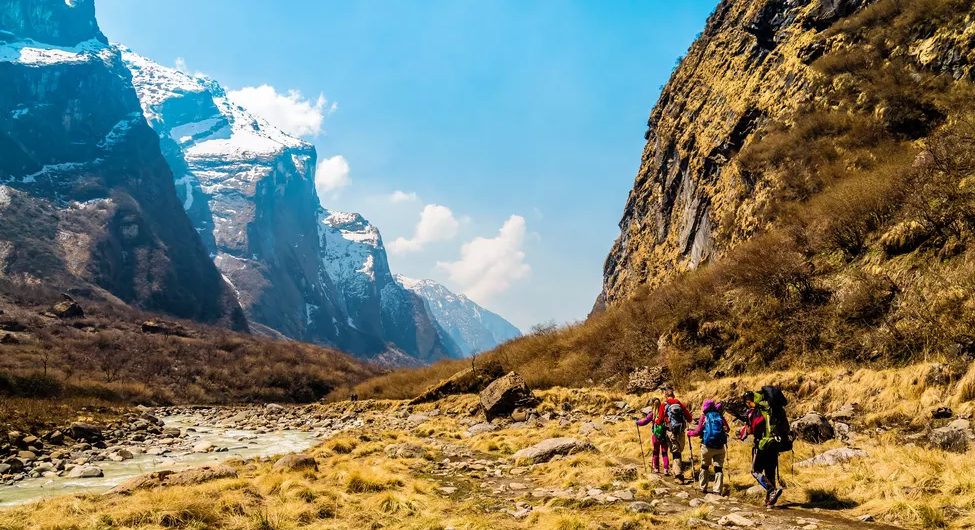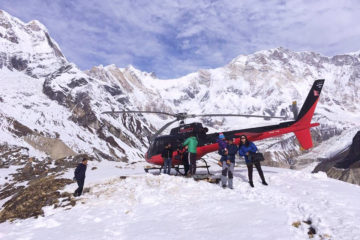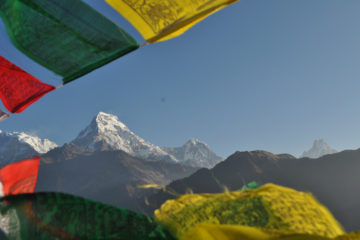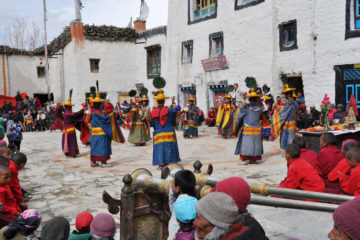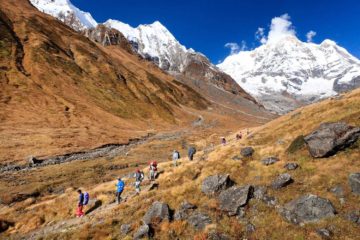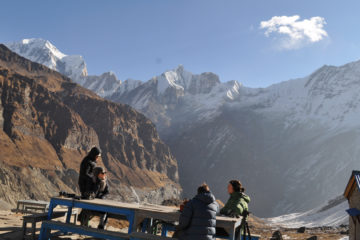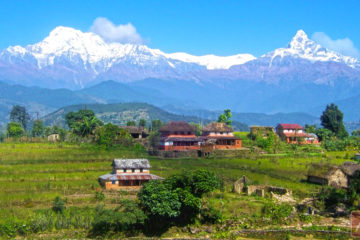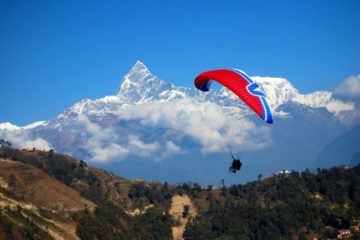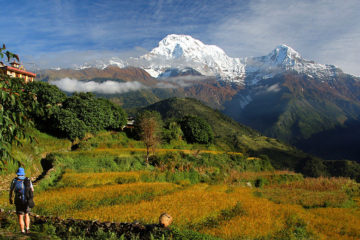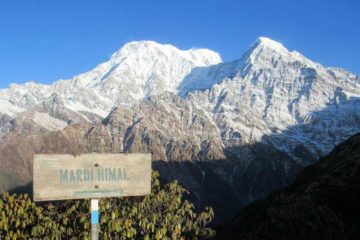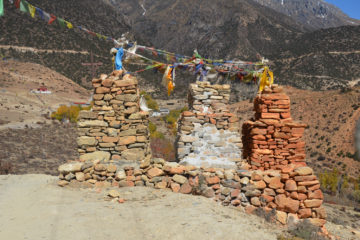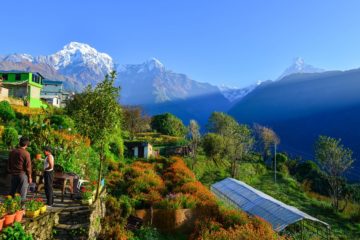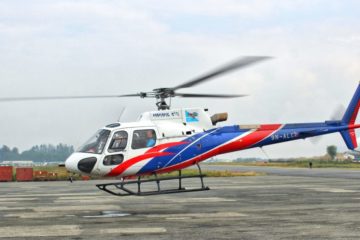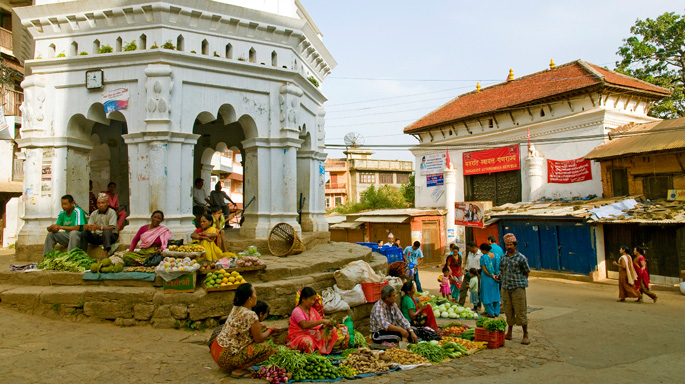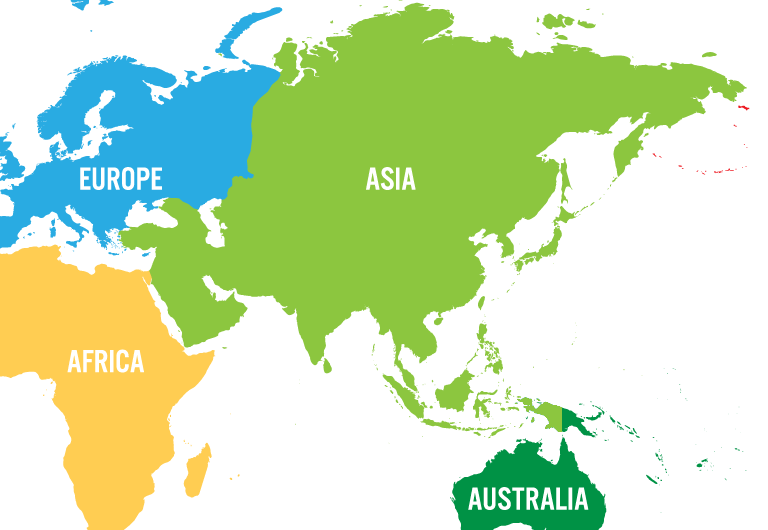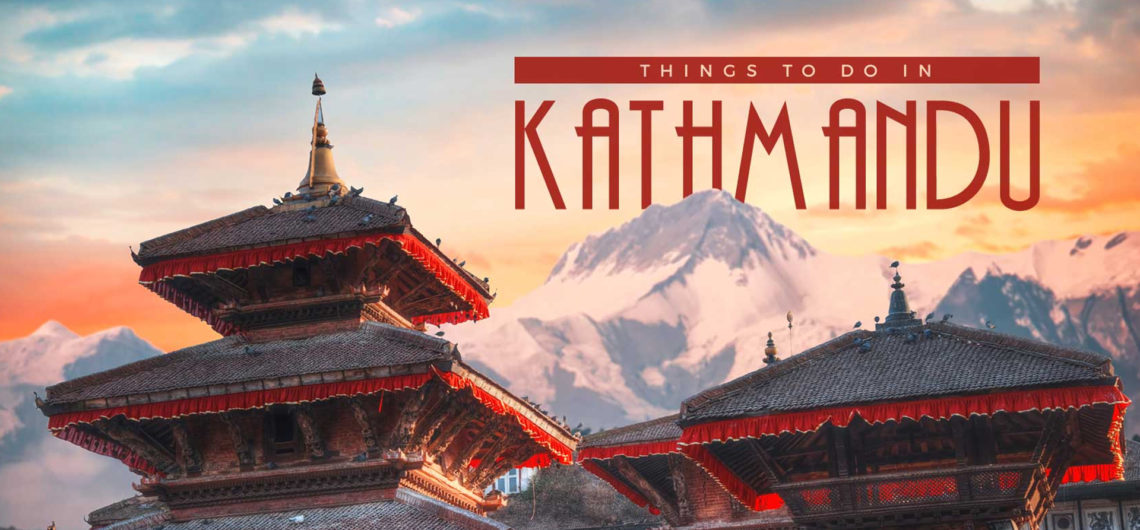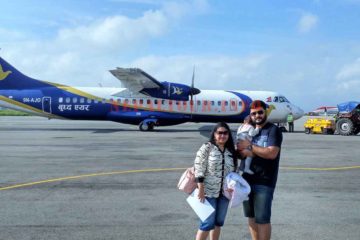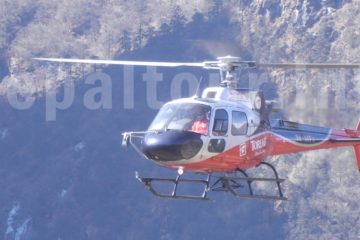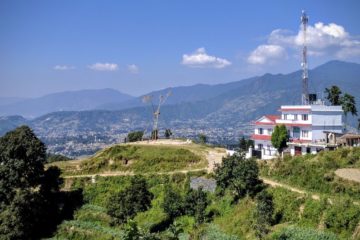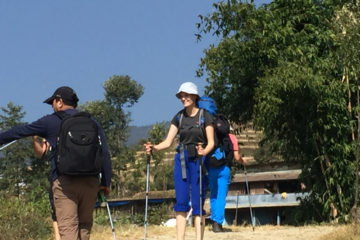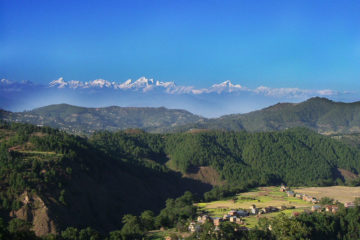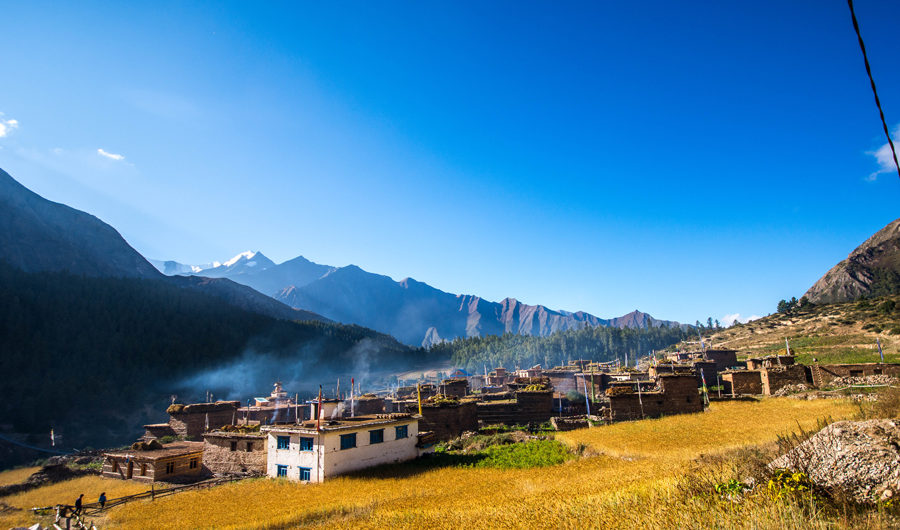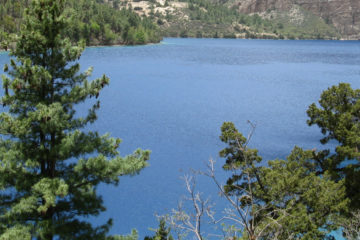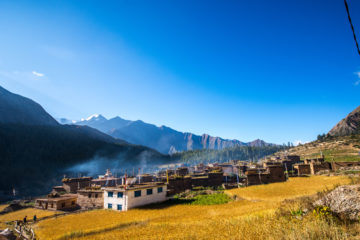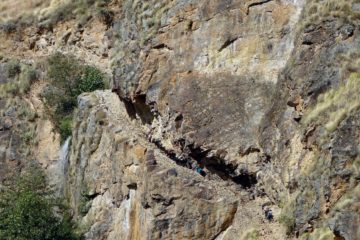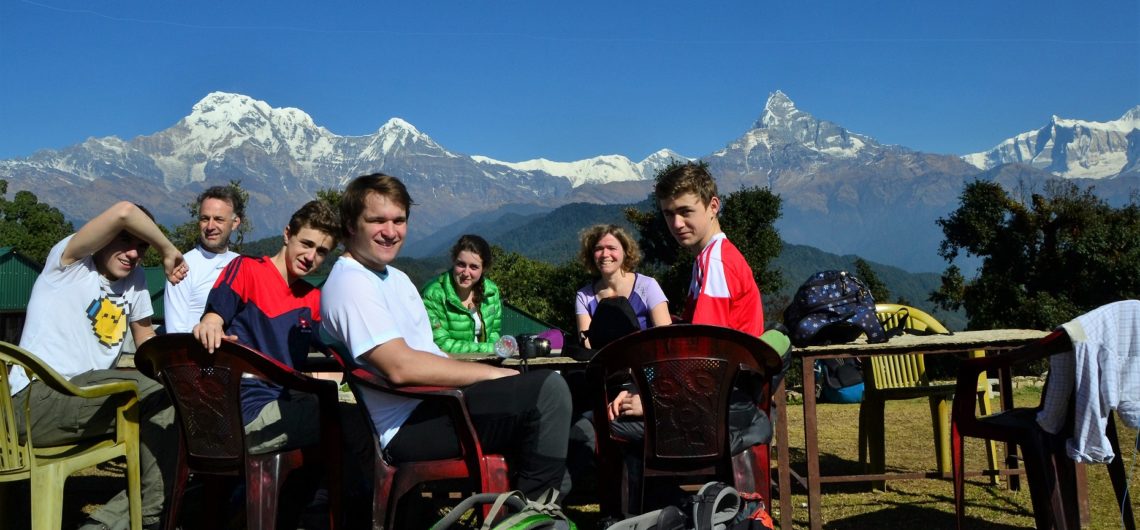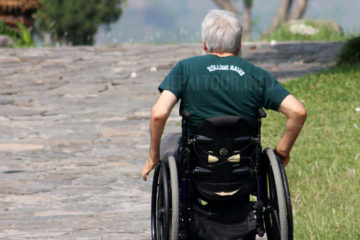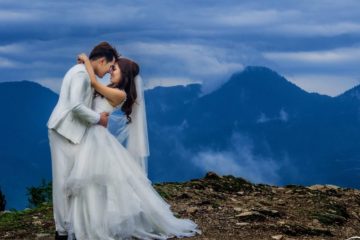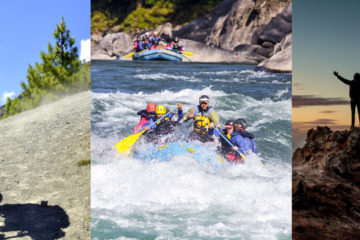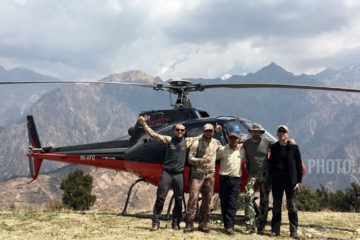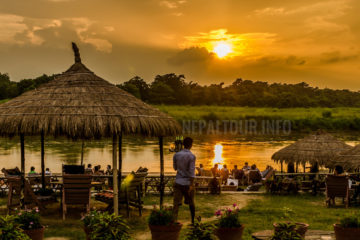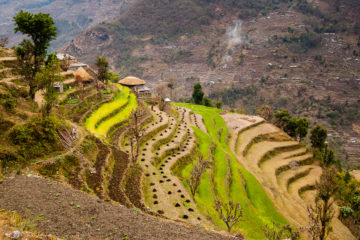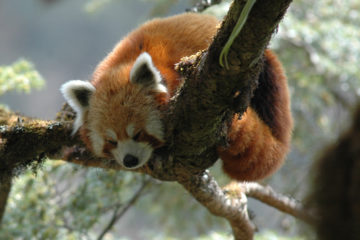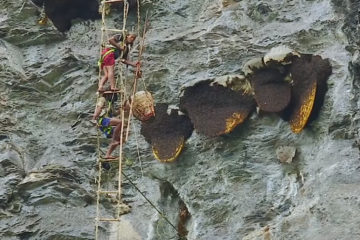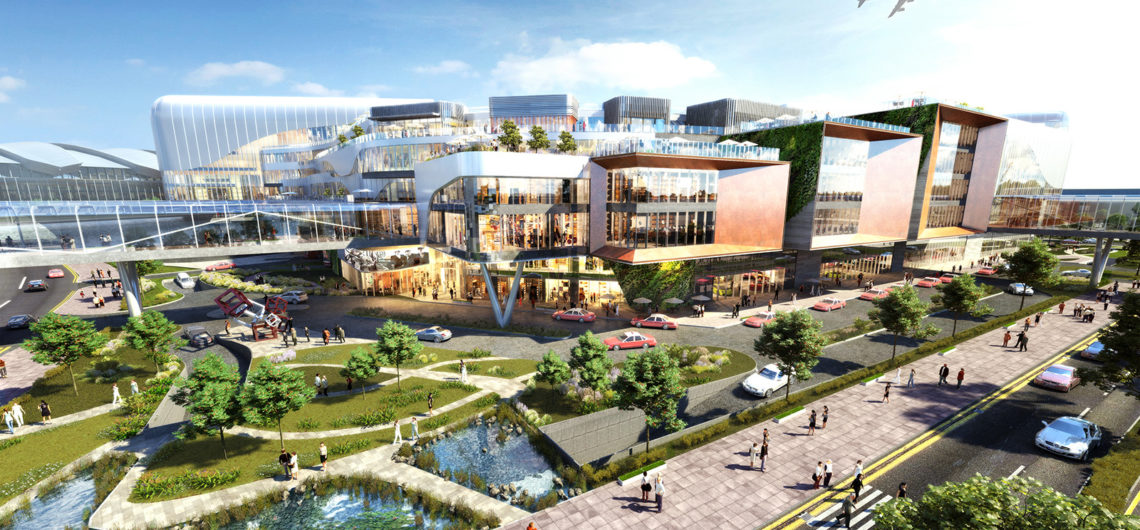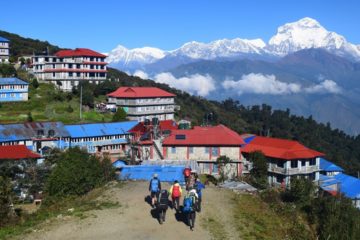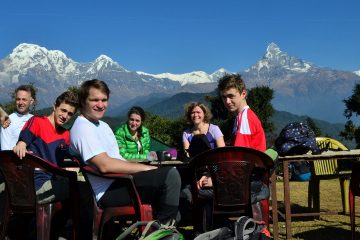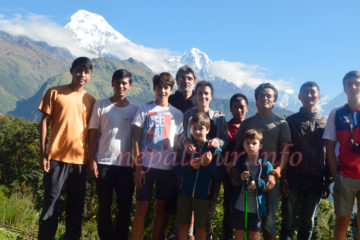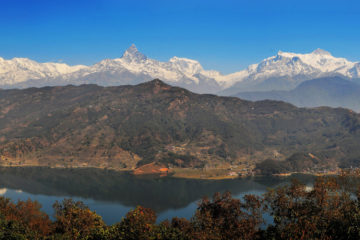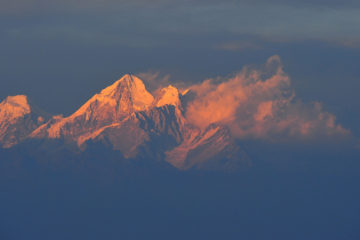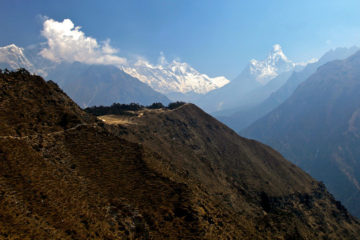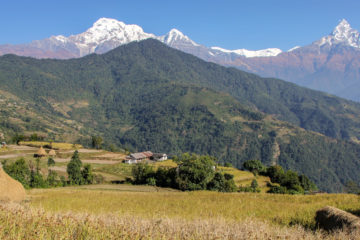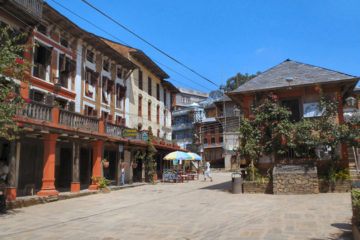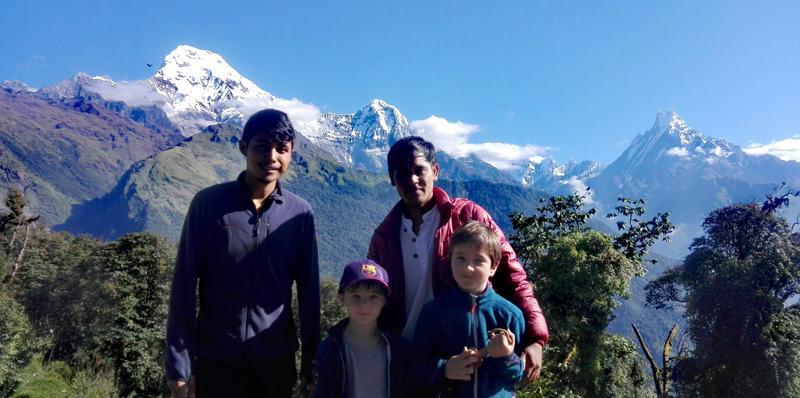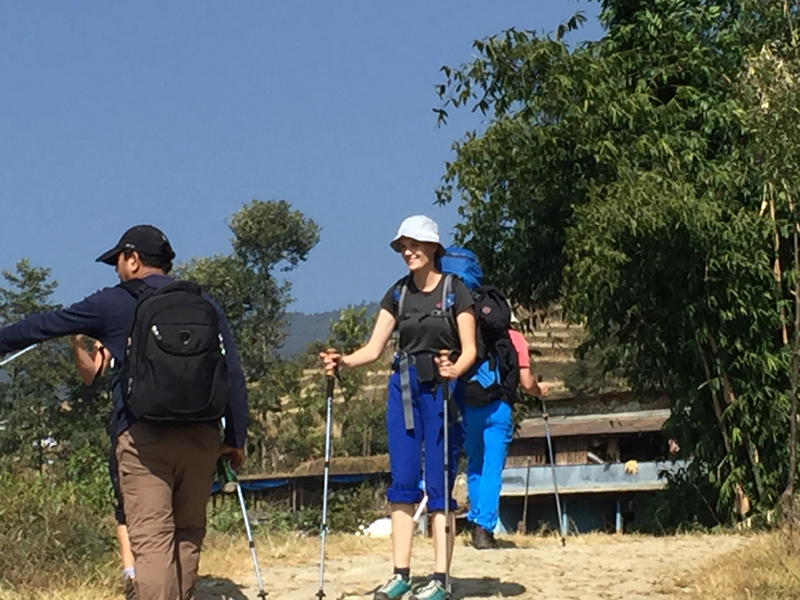The legendary Annapurna region is the most diverse and popular trekking area in Nepal. From the full three-week Annapurna Circuit, which stretches into the historic Mustang region to short three-day treks, there’s a trek suitable for everyone here.
Annapurna trek is one of the best trekking destinations in Nepal. The Annapurna region is a traveler’s favorite because of the natural and cultural beauty it serves. Annapurna range welcomes trekkers all year around as it is all seasons approved. Usually trekkers opt to trek during the autumn season.
It is understandable because of the dry climate, clear skies and spectacular views. It is amazing to opt during spring. Here, Nepal Tour provide you Top 5 best Annapurna treks in Spring. These treks are bound to make your memories and pictures as bright and fresh as ever.
When can I treks Annapurna
June through September is the monsoon season, when as much as 70% of the annual rainfall occurs. This is also when rock fall and landslides are most likely to occur. That leaves two times when hiking the Annapurna Circuit is best: October through November and mid-March to mid-April.
Annapurna Trek Difficulty
The Annapurna trek is considered to be a moderate trek. It doesn’t involve technical climbing but it’s good to have some hiking experience. The Annapurna trek will go through different terrain and the roads will change.
You may encounter jeep roads that get muddy after a rainfall, rock steps, steep ascents and descents full of loose rocks, and creeks crossing the trail in the most unexpected places just to name a few. The higher you climb, the harder the trek will become due to the altitude, so take some rest when needed and remember to acclimatize properly (max. 400m in altitude per day).
Is Annapurna Trek are risk
There is a risk since you will be hiking above 3000m. Different people react to altitude in different ways, no matter their fitness level or experience in the mountains. That’s why you should learn and understand what altitude sickness is and what the symptoms are beforehand.
You can ask your local travel medicine specialist, search online or attend one of the lectures organized in Kathmandu. There’s also an option to attend the high altitude sickness lecture in Manang organized by the Himalayan Rescue Association.
What is the lodging facility in Annapurna Trek
The whole Annapurna region has a teahouse facility, which means there are guesthouses in almost every village. Some are better than others, but generally rooms are basic and come with shared bathrooms. Blankets are provided but it’s a good idea to bring your own sleeping bag as it gets chilly in the higher levels and there are no heating systems inside the buildings.
Usually you will have to dine at your lodge in order to get a room. Some places may offer hot gas showers for an additional fee, so take advantage of that while you can because above Manang you won’t get the chance to shower at all until you reach Muktinath, on the other side of the pass.
Annapurna Trekking Permits
-
-
Trekkers Information Management System (TIMS).
-
TIMS or Trekkers Information Management System is a must for every trekker wishing to trek in Nepal. This is a basic permit implemented jointly by Nepal Tourism Board (NTB). Trekking Agencies Association of Nepal (TAAN) to ensure the safety and security of every trekker wishing to trek in Nepal.
The cost for TIMS per person is as follows:
SAARC nationals: NPR 600, about $6
All other nationals: NPR 2000, about $20
-
-
Annapurna Conservation Area Entry Permit
-
The Annapurna region was gazette a conservation area by the government of Nepal in 1992 and is the largest protected area in Nepal. Every trekker wishing to trek in the Annapurna region needs to purchase ANCAP or Annapurna Conservation Area Entry Permit.
The Annapurna Conservation area is located across Manang, Myagdi, Lamjung, Mustang districts of Nepal. It was established with the aim of creating a sustainable economic and social development to benefit the local people of the region. It is managed by the National Trust for Nature Conservation.
ACAP Cost:
The per person cost for entering the Annapurna Conservation Area or ACAP for a foreign trekker is as follows:
SAARC nationals: NPR 200, about $2
ALL other nationals: NPR 3000, about $30
Top 5 best Annapurna treks in Spring
-
-
Annapurna Circuit Trek – 16 Days
-
The Annapurna Circuit is a trek within the mountain ranges of central Nepal. The total length of the route varies between 160–230 km, depending on where motor transportation is used and where the trek is ended. This trek crosses two different river valleys and encircles the Annapurna Massif. The Annapurna Circuit is considered moderately difficult. A good level of fitness is required, as you will be walking long distances each day for two consecutive weeks. The toughest part of the circuit is going from Thorong Phedi to Thorong La pass (5,416m). There is a steep 45 minute climb at this altitude, which will take the breath out of you.
The Annapurna Circuit trek is as challenging as it is beautiful. It is arguably still one of the best treks in the world which sees tens of thousands of people undertake it each year. If you open yourself to this experience, you will not be disappointed. The views are worth it though!.
Available package for Annapurna Circuit Trek – 16 days
-
-
Annapurna Base Camp Trek – 12 Days
-
Annapurna Base Camp (ABC) Trek is one of the most popular treks in Nepal. It is quite easy and shorter trek than other high altitude treks in Nepal. This trek incorporates diverse terrain, culture, and wildlife. Along with the most spectacular and close up view of Annapurna range, Machhapuchhre, Hiunchuli, and Dhaulagiri.
In Spring, it showcases many beautiful flowers including the national flower of Nepal.. Rhododendron. Orchids, Machhapuchhre massif and the deepest gorge Kali Gandaki accompanies you during the trek.
You will spot at times high cascading waterfalls. And, you will get to learn about people of different ethnicity, especially Gurung people when visiting the Ghandruk museum.
Depending on which route you take, you may not pass through Ghandruk though. The trail is the same from Chomrung onwards but you can choose to include or not include Ghorepani Poon Hill and Ghandruk. Poon hill is a vantage point for the view of Annapurna plus other peaks and for sunrise and sunset.
Other highlights of this trek are the hot springs! Very relaxing and healing for your aching muscles.
Available package for Annapurna Sanctuary Trek – 12 days
-
-
Ghorepani Poon Hill Trek – 10 Days
-
The Ghorepani Poon Hill trek is perhaps the ultimate short trek in the Himalayas! Suitable for people of all ages, particularly good for families with children, this trek can be 4 or 5 days in length and still gets into the heart of the Annapurna. Poon Hill (3,210m) is the ultimate viewing point for the Annapurna range, Dhaulagiri, Nilgiri, Tukuche, Varaha Shikhar, and Lamjung Himal. Hiking up to Poon Hill to watch the sunrise over these stunning snow covered mountains is something to be treasured. This trek also includes hiking through colourful villages and rhododendron forests, with the backdrop of the Annapurna always present.
Even for experienced trekkers, this is a great introduction to the Himalayas, especially if time is short. Accommodation along this established route is very comfortable and the menus are not disappointing. And of course the mountains never disappoint either in their fully photogenic beauty!.
Available package for Ghorepani Poon Hill Trek – 10 Days
-
-
Mardi Himal Trek – 10 Days
-
Mardi Himal trek was accessed only by limited trekking groups with tents and catering team for long time. The trek follows beaten trails of shepherds as it still provides summer grazing. The trek was officially opened in 2012 and is still pristine. There are limited teahouses with basic facilities. This is a short relatively easy and unspoiled trek not far from Pokhara. Yet it is highly diverse with cultural insight, beautiful forest walks and alpine landscape. As the trail mostly stays along the ridge, the altitude gain becomes more gradual.
Mardi Himal Trek can be one of the magnificent treks for any trekkers. You will get a marvelous outlook of Mt. Macchapuchre, Mt. Annapurna and Mt. Hiunchuli. Fragrant and colorful Rhododendron forest will steal your heart. You will get a great chance to know socio-cultural values and lifestyle of Magar and Gurung community. This trek is suitable for both solo trekker and group trekkers. You will appreciate the fascinating view of the Annapurna range. During the trek, the astonishing sunrise and sunset views are outstanding.
Available package for Mardi Himal Trek – 10 Days
-
-
Khopra Danda Trek – 11 Days
-
Alternative trekking trail for short time visitors around Pokhara the Khopra Danda Trek is perfect massive view trails in Annapurna region. The week long trek to little off the beaten route with perfect vistas of white peaks and green hills would be best choice.
The Khopra Ridge trek presents what Nepal has to offer including eye-catching peaks, rice fields and cultural villages along the route. Having great trek just few people know about this trail in Annapurna. Starting your trip from Pokhar and passing best view point of Annapurna ‘Poon Hill’ via front face of Mt Annapurna South (7219m) the trek decends to Magar community village called Narchyang and leads to Natural Hot spring spot in Tatopani. The less touristy Khopra ridge community trekking through nature walk along with Rhododendron forests and if you walking on March, April and may months the Rhododendron flowers blossoms and makes your walk fruitful and panoramic. You will be observing dozens of snow-covered peaks which located in Annapurna region.
The best part of the trek is also to gain knowledge cultural Magar ethnic group of Nepal, ending your trek with natural bath at Tatopani and drive out to Pokhara.
Available package for Khopra Danda Trek – 11 Days

